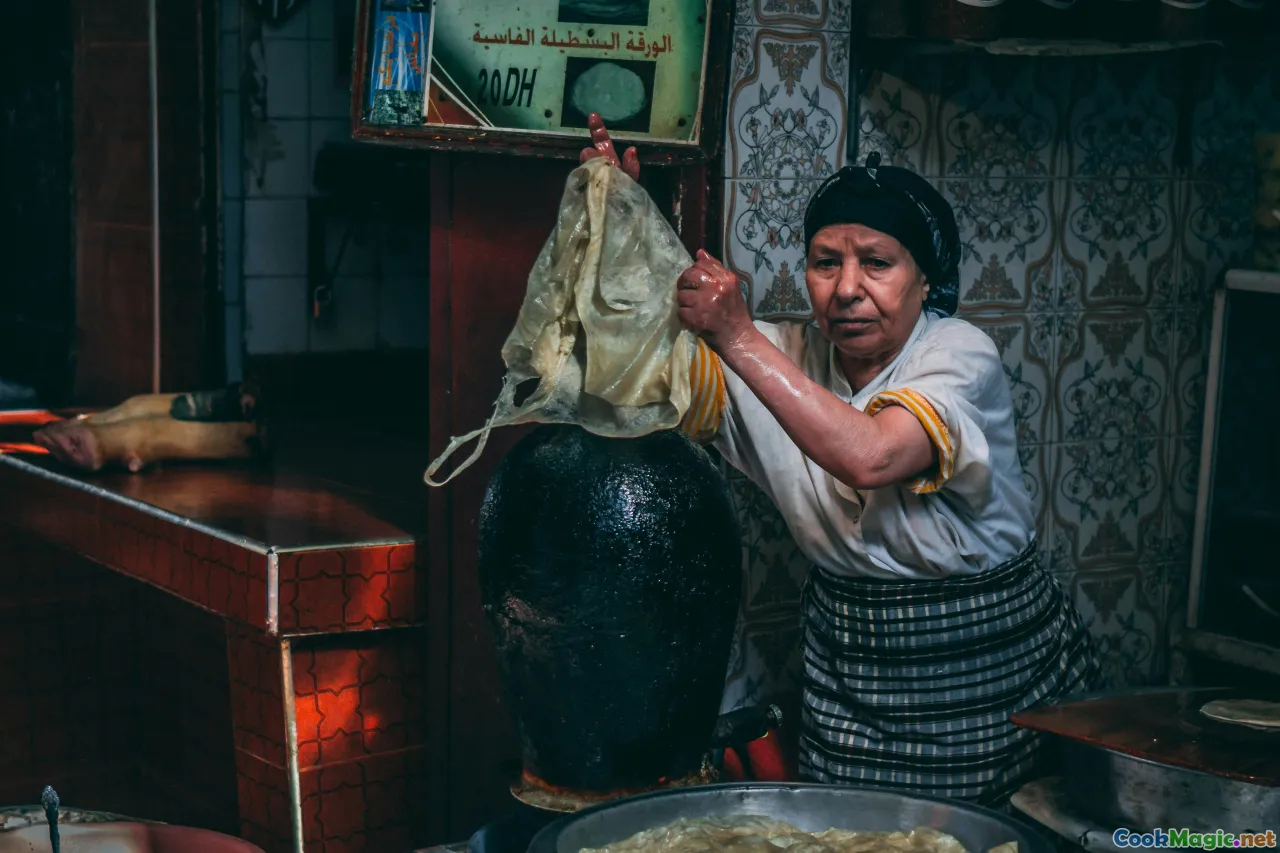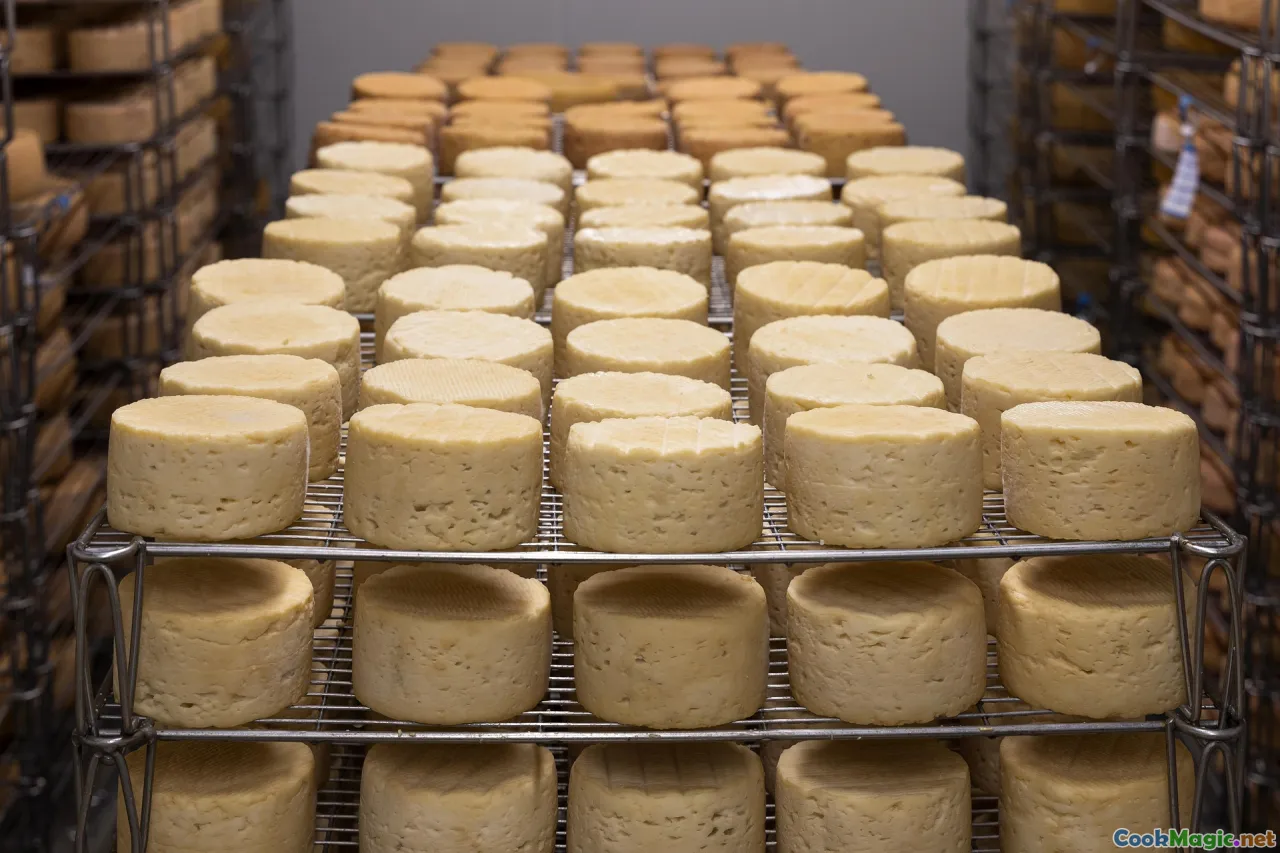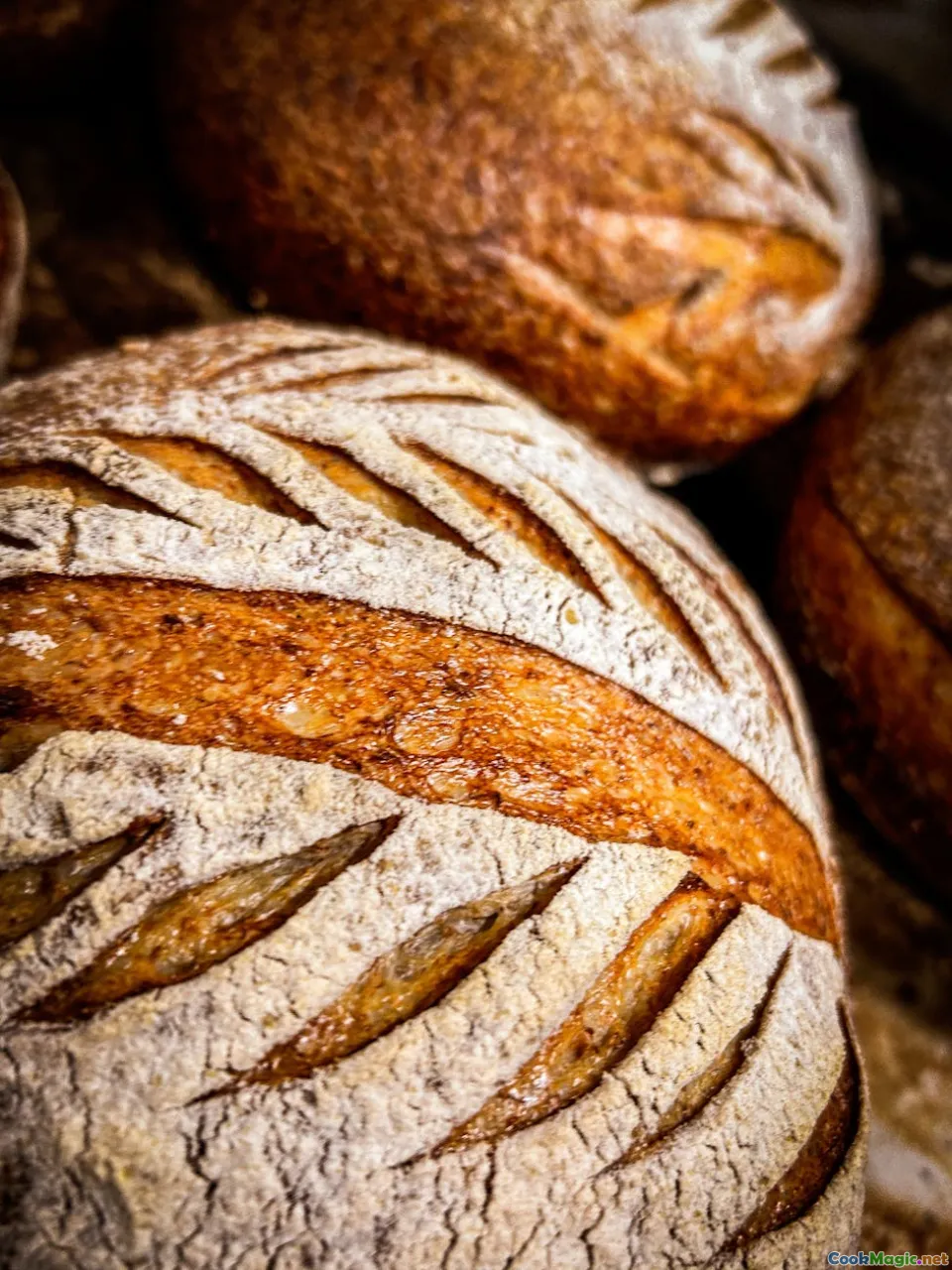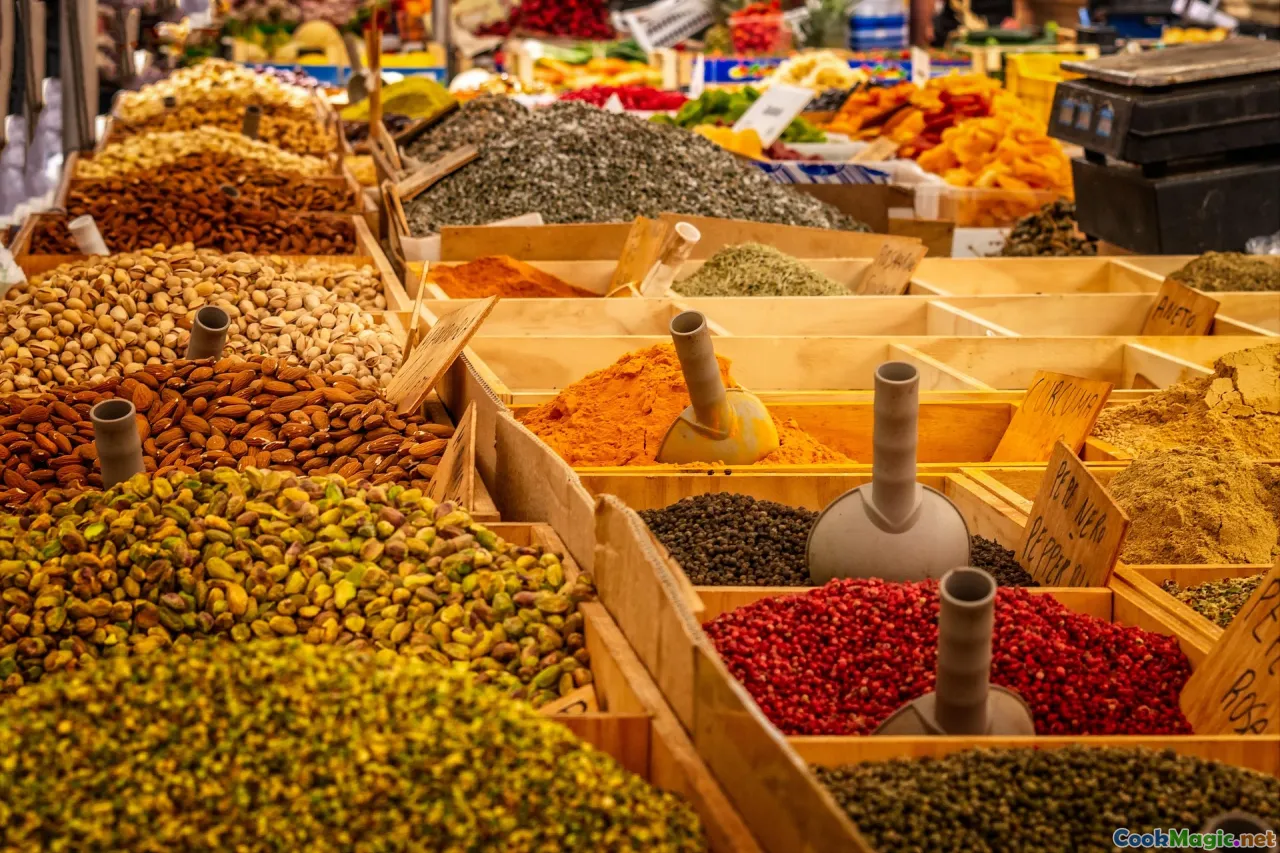Preservation Techniques Used in Kazakh Food Traditions
9 min read Explore the age-old preservation techniques that sustain Kazakh cuisine and cultural heritage through centuries of culinary practices. July 15, 2025 12:09
A Journey into Kazakh Preservation Techniques: An Immersive Dive into Culinary Heritage
The vast steppes of Kazakhstan stretch endlessly, echoing with the whispers of ancient tribes who mastered the art of turning fleeting bounty into preserved treasures. For centuries, Kazakh food traditions have been a testament to ingenuity—crafting methods to tame the harsh continental climate and ensure sustenance amid seasonal abundance and scarcity. Exploring these techniques unveils not only culinary brilliance but also a reflection of deep cultural resilience and identity.
In this article, we embark on a flavorful voyage across time—delving into traditional preservation methods that have preserved the heart and soul of Kazakh cuisine for generations.

The Spirit of the Steppe: Nomadic Preservation Practices
Kazakh nomads have historically relied on minimal resources combined with profound ingenuity. Their preservation techniques are rooted in a harmony with nature, emphasizing simplicity, functionality, and durability.
Fermentation — The Birth of Kvas and Kumis
One of the most iconic Kazakh preservation methods is fermentation, transforming fresh dairy and grains into durable staples.
**Kumis (Fermented Mare's Milk):**Kumis is more than mere dairy; it's a symbol of hospitality and vitality. Fresh mare’s milk is fermented in traditional leather bags called k(k)arak—their natural, breathable material allows for controlled fermentation while imparting unique leather-like notes. The process can take anywhere from several hours to days, depending on conditions, resulting in a slightly bubbly, tangy beverage with a yeasty aroma that invigorates the senses.Kvas (Fermented Rye or Barley Drink): Common in urban Kazakh kitchens as well, kvas is a refreshing, slightly sour drink with a cloudy appearance and a hint of breadiness. Made from fermented cereal bread, it shows the long-standing practice of fermenting grains to extend shelf life and add complexity.
Drying and Curing: Meat and Fish Preservation
In the expansive plains and rivers of Kazakhstan, drying meat—zhai—has been vital.
**Beshbarmak and Dried Meat:**While Beshbarmak is primarily a dish, traditional practices include drying chunks of meat on wooden racks (samovar-like structures at the courtyard) under sun and wind. These dried strips serve as portable protein sources during long nomadic journeys.Fish Preservation at Lake Balkhash: After fishing, fish like carp and salmon are split open, cleaned, and hung on racks in the breeze, often smoked using local wood varieties for extra flavor. Their pink flesh becomes chewy while preserving exploitable nutrients.

The Art of Smoking and Salting
Kazakh artisans have refined smoking and salting techniques, adding layers of flavor and preservation to everyday ingredients.
Smoked Sausages and Meat
Sausage-making in nomadic contexts involved spicing seasoned minced meat and stuffing it into natural casings, then air-drying or smoking over juniper and cedar woods. This traditional method imparts smoky aroma and extends shelf life, enabling hearty meat supplies through winter.
Salt-Cured Cheeses and Butter
In Kazakh culture, dairy products like ayran and kazy are sometimes preserved with salt to inhibit microbial growth. Salted butter is hardened into blocks and stored in hide or wooden containers, maintaining its spreadability and flavor during winter months.

Bread and Grain Preservation — Valorizing the Staple
The Kazakh diet is inseparable from grains; thus, securing their preservation has been paramount.
Sakarka: Ancient Grain Storage
Traditional granaries called sarkar are built from earth and wood, designed to keep grains dry and cool. Grain is stored in large clay vessels that breathe to prevent mold and insect infestation, often cleaned and husked meticulously.
Dried Breads and Cracked Wheat
Baursak and flatbread (minar) are baked fresh but also dried for long-term storage. These dried breads are sturdy, can be crushed into powder, and rehydrated or used as flour substitute.
Fermented Grain Porridges
Beyond drying, fermentation of grains into kymyz (fermented millet porridge) not only provides a nourishing drink but also acts as a preservative, extending grain use throughout seasons.

Innovative Connects — Combining Old and New
While traditional methods remain revered, modern Kazakh cuisine has integrated technological advances. Mechanical coolers and controlled fermentation chambers supplement ancient practices, ensuring safety, efficiency, and flavor control.
However, the essence remains rooted in ancestral techniques—fermentation, smoking, drying, and salting—celebrating a collective memory inscribed in every dish.
Personal Insight: A Heritage Preserved in Flavor
Walking through the bustling markets of Almaty and Nur-Sultan, I often marvel at the array of dried meats hanging beside fresh dairy and sliced dried bread. Each package is a story—of survival, ingenuity, and a deep-seated respect for nature's rhythm. Attempting to replicate these methods in a modern kitchen is akin to hearing the whisper of the steppe in every bite—an emotional connection to Kazakhstan’s proud culinary mosaic.

Preserving Flavor, Honor, and Heritage
Kazakh preservation techniques accomplish more than prolong food—they safeguard cultural identity against the march of modernization. Whether fermenting mare’s milk into kumis or drying fish caught in pristine lakes, these methods embody resilience and reverence for nature’s gifts.
To truly appreciate Kazakh cuisine is to embrace these storied methods, comprehending their subtle flavors and the history they carry. Each technique—from the simplest drying process to the intricate fermentation—cements a link to a centuries-old nomadic spirit, thriving amidst the expanse of Eurasian steppes.
Let these traditions inspire you to explore, adapt, and celebrate the rich culinary heritage of Kazakhstan—where every preserved ingredient echoes stories of survival, community, and enduring culture.









